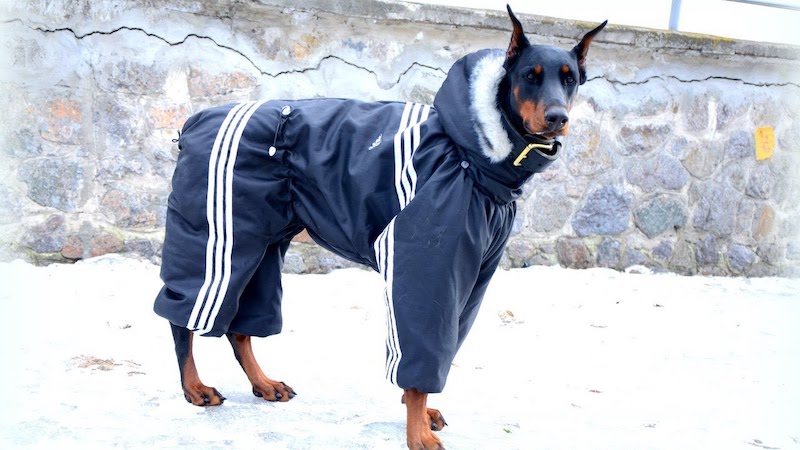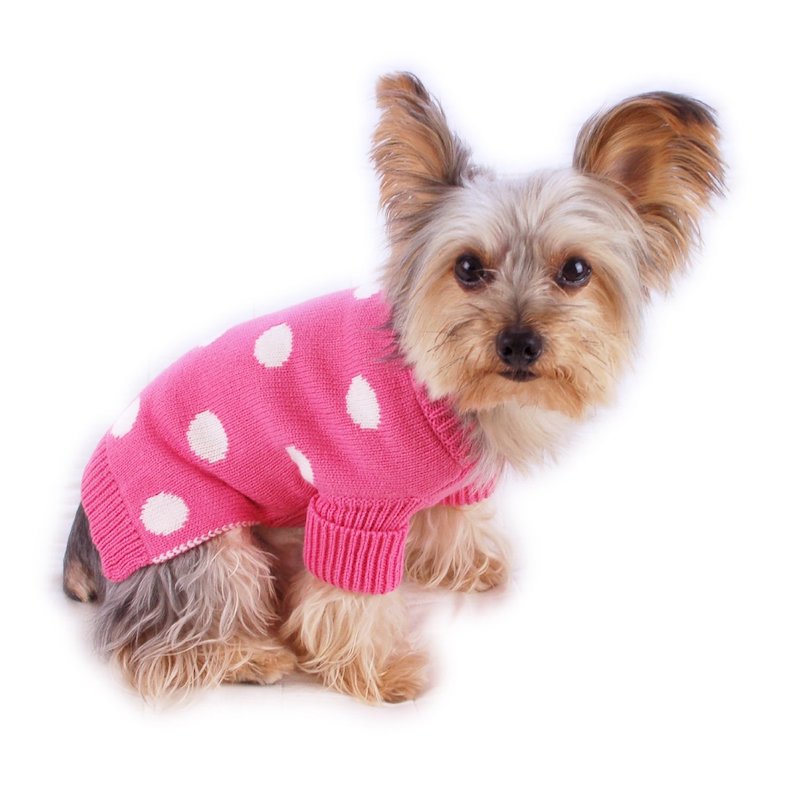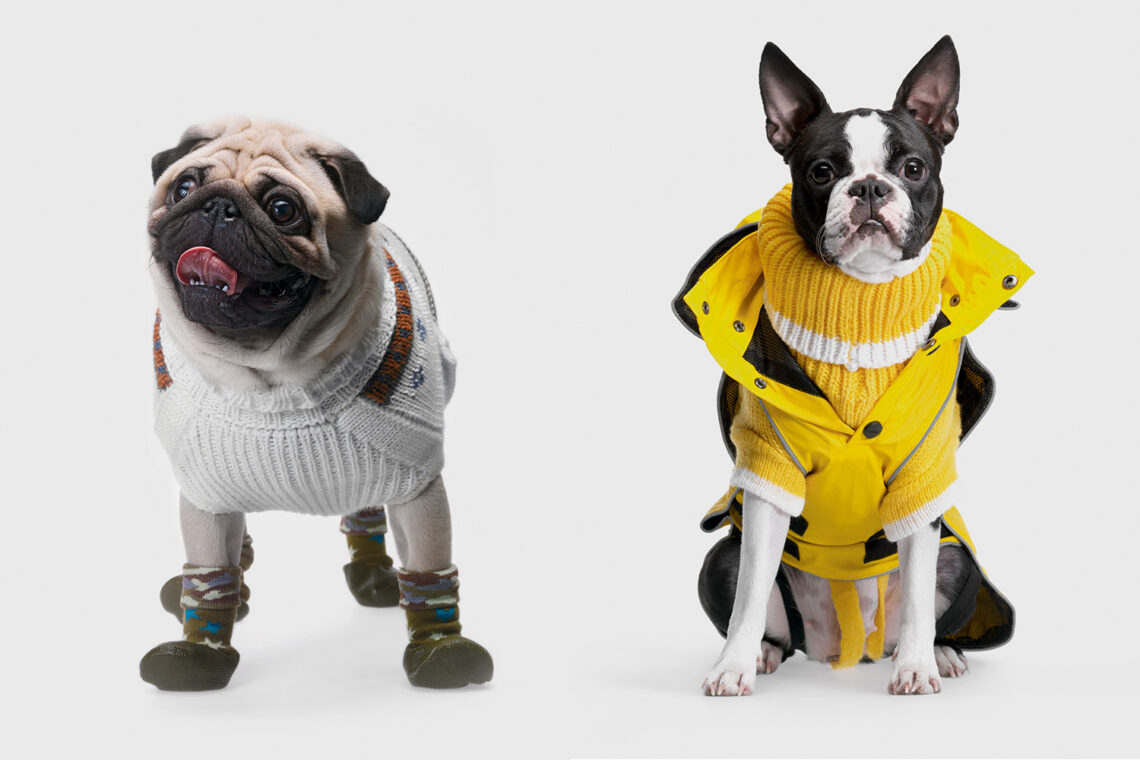The cold of winter is felt in many areas, and we wonder if pets need to wear clothing in winter. Dog coats and sweaters are far from extravagant accessories; some animals really need them!
Do dogs need a coat when it’s cold or when it’s raining?
Many pet owners have seen their dogs seized with violent tremors while walking after being exposed to winter temperatures, but are still reluctant to put clothes on their dogs for fear of appearing silly.
Well, don’t be afraid. If you are worried about your pet being cold, it is okay to put on clothes to protect him from harsh weather conditions.
While not all dogs need a coat in the cold season, it can be especially useful for short-haired breeds, for small pets or older dogs, and puppies more sensitive to the cold.
The coat helps protect your companion from the cold and allows him to relieve himself outside even when the mercury drops very low.
If you are still undecided, consider this: Of course, a dog’s coat is as effective a thermal insulator as a down jacket but some pets have lighter fur than others and some are not genetically adapted to the environments in which it is located. which they live. So your puppy may actually be extremely uncomfortable and sensitive to the cold, as uncomfortable as you are if you go outside without clothes.
The most important thing is to know the specific needs of your puppy. So for them, a warm coat will be neither a luxury nor a coquetry!

Does your dog need clothes?
Clothing can come in handy during cold seasons, especially if your puppy is reluctant to go outside to relieve himself, but also if you tend to keep your home’s heating system low.
The heat that your puppy can keep physically can depend on its breed, its size, and even its age.
Some breeds are more resistant to cold (Greyhound, Chihuahua, Yorkshire, Poodle) because their hair is often shorter and does not adapt to the seasons. Wearing clothes can make a significant difference in your dog’s sense of well-being. Of course, short, fine hair isn’t the only prerequisite for wearing outerwear.
Puppies and older dogs with weakened immune systems are also less able to fight winter. Additionally, dogs with diseases that affect hair growth (eg Cushing’s disease, hypothyroidism), dogs with heart problems or arthritis should also wear warm clothing in cold weather.
Conversely, large pets with dense fur do not need additional insulation and would be very uncomfortable if required to wear outerwear. Their fur is already genetically engineered to protect them from extreme winter temperatures. The Siberian Husky, Malamute, and Saint Bernard breeds are all prime examples of puppies that are well suited to cold temperatures, while the Chihuahua, Greyhound, Multiple Terriers, and Pinscher breeds are good examples of puppies that lose heat much faster and are have less dense fur.
It should also be noted that an animal used to living indoors all year round, in an apartment or a well-heated house, will also have a much harder time enduring the cold.

Find the right garment and how to choose it
There is a multitude of coats and sweaters for dogs, and it will be necessary to ensure that the clothing is well adapted to the size of the animal, that it is comfortable, and that it does not obstruct its movements during the walk or when he has to defecate.
Choose the right size for your dog’s clothes.
Just as you would measure your neck, chest, and waistline before purchasing an item of clothing, measuring your dog is the best way to ensure the best fit.
The most important areas to measure are around the neck, around the chest, and the distance from the base of the neck to the base of your dog’s tail.
Knowing your dog’s actual weight will also help you determine the correct size.
The garment must fit well: So that your dog cannot easily remove it,
That he does not drag on the ground and therefore that he cannot hang on to something,
To avoid any risk of friction that can be a source of skin irritation and so that the dog is comfortable without being tight.
Check especially around the legs at the “armpit” level and around the neck to be sure there is freedom of movement without too much excess tissue. Also, choose clothes that are easy to put on and take off.
Models that protect the belly are preferred, especially in dogs that are “close to the ground”.
If possible, take your dog to the store with you to try on the clothes before you buy them, as returns are very difficult when it comes to pet clothing.

The practical aspect
Another important consideration is to check any additional parts, such as:
- zippers,
- the hooks,
- buttons
- or labels.
The best clothes will have nothing that can be easily chewed and swallowed. Some clothes have hooks for attaching a leash. These types of clothing are intended to be worn only under the direct supervision and should be removed once the dog returns from your home.
Also, opt for a coat that is easily machine washable.
The choice of material
- The clothing must above all be warm enough, depending on the coat, size, and age of your companion. The fabric used and its thickness will make a difference for the comfort of your companion.
- The wool sweater retains heat better, but be aware that it will have to be washed more often than a waterproof coat.
- A quilted, waterproof, padded, washable coat with a good blend of wool and cotton or acrylic may be the best choice.
Some precautions
Some dogs will need some time to adjust to this unusual accessory. Be sure to allow the garment to dry thoroughly before your dog wears it to avoid irritation and discomfort. When washing your dog’s clothes, watch out for the products used which can be allergenic and irritating.
Coats, sweaters, or other protective clothing during the winter months should not be regarded as purely aesthetic accessories. Some dogs who are more sensitive than others really need it and remember that in very cold weather they can still suffer from hypothermia and frostbite. So be careful.







